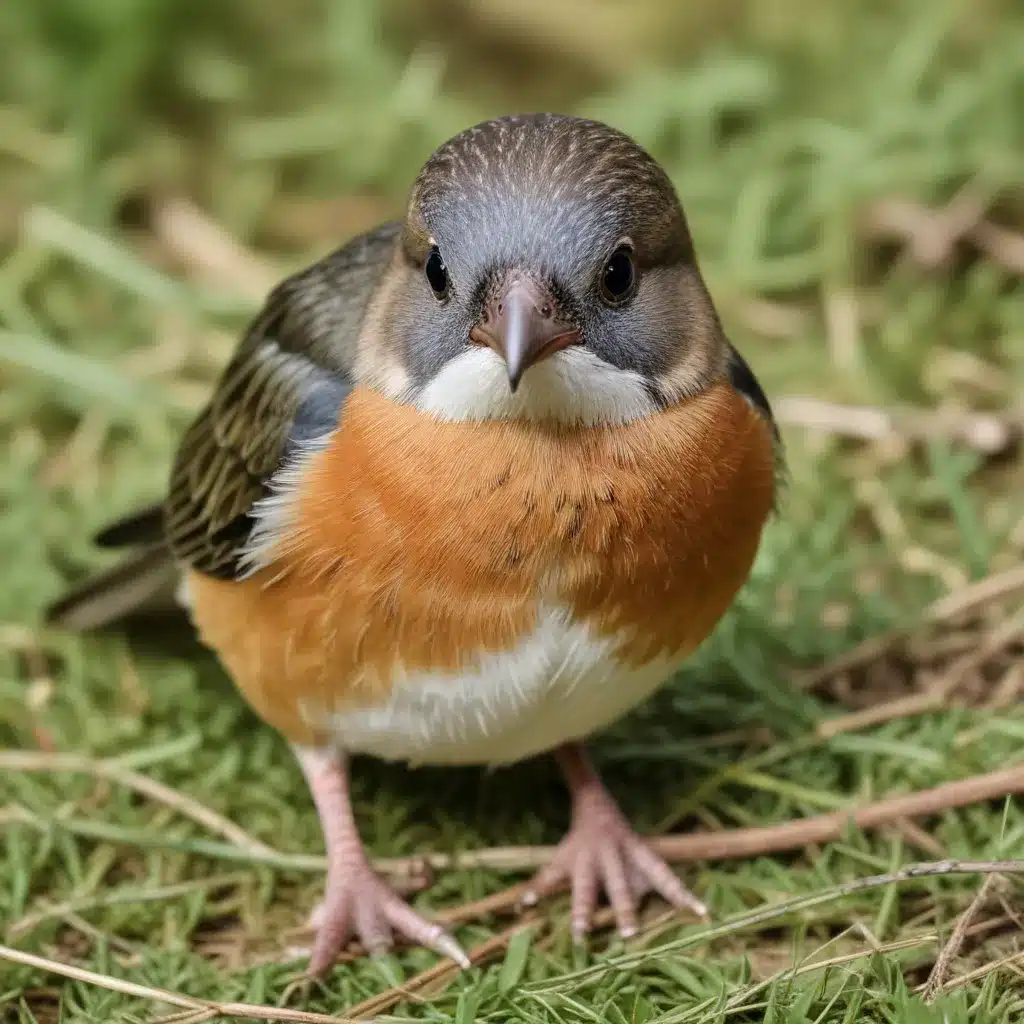
As an experienced avian caretaker and expert in bird species, breeding, care, habitat setup, nutrition, health, training, exotic species management, behavior interpretation, adoption practices, enrichment techniques, safety protocols, seasonal care, FAQs, customer testimonials, bird rescue, product assessments, travel advice, debunking myths, and events/news in the avian community, I’m honored to share my knowledge on the complex and rewarding field of wildlife rehabilitation.
Avian Rehabilitation Principles
At the heart of avian rehabilitation lies a comprehensive medical assessment to determine the appropriate course of treatment. Whether the patient is suffering from a traumatic injury, respiratory distress, neurological impairment, or malnutrition, a thorough evaluation by a licensed veterinarian is crucial. This allows the rehabilitation team to develop a personalized care plan focused on restoring the bird’s physical and mental well-being.
Specialized avian care goes beyond just addressing the immediate medical needs. It requires an in-depth understanding of species-specific behaviors, environmental requirements, and stress management techniques. From providing the proper diet and housing to implementing enrichment activities, every aspect of the bird’s care must be tailored to its unique needs. Rehabilitators must also be vigilant in preventing the risks of imprinting or habituation, which can jeopardize a bird’s chances of successful reintegration into the wild.
Nutritional considerations are equally important, as the road to recovery often involves carefully calibrated feeding regimes. Rehabilitators must be well-versed in the dietary requirements of various avian species, adjusting caloric intake, vitamin supplementation, and feeding schedules as the patient progresses through its rehabilitation. This attention to nutrition helps ensure the bird regains its strength and vitality, setting the stage for a successful release.
Common Bird Injuries and Ailments
Avian patients admitted to rehabilitation centers often present with a range of injuries and ailments, each requiring specialized care and treatment strategies. Wing and leg injuries, such as fractures, dislocations, and soft tissue damage, are some of the most common presentations. These can result from collisions, entanglement, or predator attacks. Skilled veterinary intervention, splinting, and physical therapy are essential for restoring the bird’s mobility and flight capabilities.
Respiratory and neurological conditions can also pose significant challenges. Respiratory distress may stem from smoke inhalation, pneumonia, or air sac mites, while neurological impairment can arise from head trauma, toxicity, or infectious diseases. Rehabilitators must be adept at recognizing these subtle signs and providing appropriate supportive care, which may include oxygen therapy, medication administration, and specialized housing.
Toxicity and malnutrition are two other prevalent issues encountered in avian rehabilitation. Birds can inadvertently ingest rodenticides, heavy metals, or other toxins, leading to life-threatening complications. Malnutrition, on the other hand, can manifest as feather abnormalities, weakness, and metabolic disorders. Dedicated rehabilitators work closely with veterinarians to identify the underlying causes, provide targeted treatment, and implement preventative measures to safeguard the bird’s health.
Rehabilitation Facility Requirements
The success of avian rehabilitation hinges on the quality of the housing and enclosures provided. Appropriate cage sizes, perching options, and access to natural lighting and airflow are essential for promoting the bird’s physical and psychological well-being. Rehabilitators must also carefully consider species-specific needs, such as providing nesting materials for cavity-nesting birds or creating specialized flight spaces for raptors.
Environmental enrichment is a crucial component of the rehabilitation process, as it helps alleviate stress and encourage natural behaviors. Rehabilitators can incorporate a variety of enrichment strategies, such as introducing novel objects, offering foraging opportunities, and providing opportunities for bathing and preening. These activities not only enhance the bird’s quality of life but also better prepare it for the challenges of life in the wild.
Infection control protocols are paramount in any rehabilitation facility. Strict hygiene practices, including thorough disinfection of enclosures, proper waste management, and the use of personal protective equipment, help prevent the spread of diseases that could jeopardize the health of the patients and the caregivers. Rehabilitators must also stay up-to-date on emerging zoonotic threats and implement appropriate biosecurity measures.
Release and Reintegration Considerations
As the rehabilitation process nears its conclusion, rehabilitators must carefully evaluate the bird’s readiness for release. This involves assessing the bird’s flight and foraging abilities, ensuring it can effectively navigate its natural habitat and evade predators. Rehabilitators may also need to consider the bird’s original capture location, seasonal factors, and the availability of suitable release sites that can provide the necessary resources for the bird’s long-term survival.
The release process itself can be a delicate and stressful experience for the bird, so rehabilitators must take great care to minimize the risks. This may involve “soft” release strategies, where the bird is gradually acclimated to its new environment through a controlled release process, or “hard” releases, where the bird is released directly into its habitat. Regardless of the approach, the goal is to give the bird the best possible chance of a successful reintegration into the wild.
Post-release monitoring is a crucial, yet often overlooked, aspect of avian rehabilitation. By tracking the bird’s movements, behavior, and survival through methods like banding, telemetry, or visual observation, rehabilitators can gain valuable insights into the long-term efficacy of their rehabilitation efforts. This information not only helps to refine and improve future rehabilitation practices but also contributes to our overall understanding of avian population dynamics and the challenges facing wild birds.
At Mika Birds Farm, we are deeply committed to the well-being of all birds, whether they are our beloved companions or members of the wild avian community. By staying informed on the latest advancements in avian rehabilitation and release strategies, we can work together to ensure that injured and orphaned birds have the best possible chance of returning to their natural habitats, thriving, and contributing to the rich biodiversity of our shared environment. For more information on our avian expertise and services, please visit Mika Birds Farm.


